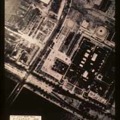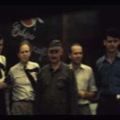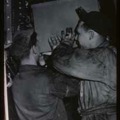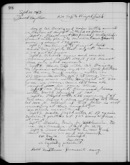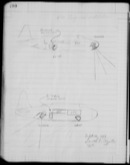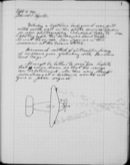
SQLSTATE[HY000] [2002] Connection refused
Details >>
03 Nighttime Photography
On the eve of World War II, the army asked Edgerton to build a strobe for nighttime aerial reconnaissance photography. The components of the system were bigger and more powerful than anything Doc had previously designed. The aerial camera looked much like a 35mm camera – only it was about two feet long. The flash tube was a monster, made of thirty inches of tough, quartz glass coiled into a spiral. The tube was positioned in a thirty-inch reflector pointing down from the plane’s belly or tail. Banks of capacitors, weighing up to five hundred pounds each, were slung on the plane’s bomb racks.
The flash’s most famous test came on June 5, 1944. Over the D-Day target areas, the airborne photographer opened the camera’s shutter and triggered the flash. The photographs of the quiet nighttime landscape showed that the Normandy invasion was not expected in the designated landing area.

